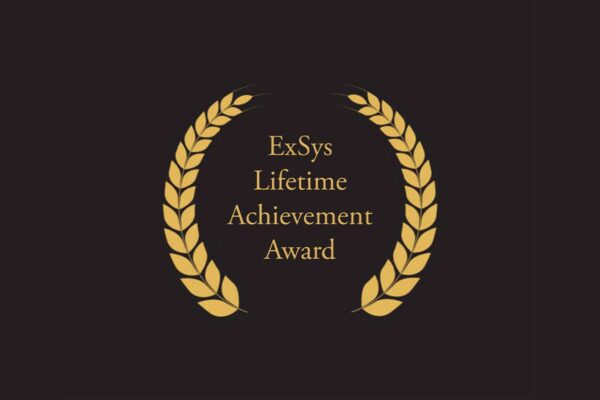
On March 15, Exhibit Industry Council (EIC) released the first Best Practices Guide aimed at providing exhibitors with a reference frame for better industry standards. Titled “Full Disclosure and Control of Exhibitor Costs,” the document presents 11 points that address pressing issues in the industry as well as provides definitions and recommendations for possible solutions. The text is available on the councils’ Web site at www.exhibitindustrycouncil.org.
“The purpose of the Best Practices Guide is to increase exhibitor value and improve the effectiveness of face-to-face tradeshow and convention marketing efforts,” said Jim Wurm, executive director of the Exhibitor Appointed Contractor Association (EACA) and the spokesman for EIC. The council is comprised of several industry associations, including Corporate Event Marketing Association (CEMA), EACA, Exhibit Designers and Producers Association (EDPA), Healthcare Convention and Exhibitors Association (HCEA) and Trade Show Exhibitors Association (TSEA).
Wurm said the recommendations are aimed at creating more cost transparency and helping exhibitors understand total costs before contracts are signed, which would help them make better-informed decisions and alleviate much of frustration associated with exhibiting.
“The Economic downturn exposed a number business practices that have been in our industry for decades and have gotten in the way of our ability to be more affective,” Wurm said. “At most shows, material handling is charged on a weight basis, which is an incentive for exhibitors to bring less to the show. Exhibit properties get smaller. There is less interest from attendees. All those aspects create a downward spiral for our industry.”
The document calls for elimination of bundling on exclusive services between the general contractor, show organizer and exhibitor. It also states that all discounts offered by general service contractors (GSC) should be offered to both the exhibitor and the exhibitor’s third-party contractor. On the issue of material handling surcharges, the document calls for full control by the exhibitor over material handling charges of their exhibit, especially those related to overtime and special handling surcharges. Among other issues, the document addresses eliminating forced freight, exclusive facility contracts and undisclosed discounts between GSCs and show organizers.
“Less choice equals higher costs,” Wurm said.
The council proposes several ways to restructure the show services business model. To cover the costs related to material handling, it suggests increasing the exhibit space fees and allowing the show organizer to then pay the GSC directly for the entire event. This essentially moves material handling in-house to the organizers. Flat fees for categories of services and charges for time and materials rather than weight are among other suggestions.
“We are hoping to create a fundamental basis for exhibitor advisory committees,” Wurm said. “We want to empower exhibitors to ask.”
The adoption of the practices is likely to happen on a show-by-show basis.
In his presentation, Wurm specified that the council is looking to get all industry stakeholders onboard. Exhibition Services and Contractors Association (ESCA), which represents the majority of GSCs in the industry, so far hasn’t been asked to contribute, according to Larry Arnaudet, executive director.
Several exhibitor appointed contractors have expressed hope that the best practices effort will gain traction soon and lead to real change that benefits everyone. Ron Mestichelli, president of Spectrum Show Services, said he, as many others, supports the council’s focus on exhibitors’ needs.
“I am sure there will be some resistance from general contractors, but the document also targets the show organizers, who are just as much part of the problem,” he said. “It’s about getting together and making it more feasible and palatable for exhibitors to attend shows. Of course, the economy has a lot to do with our current problems, but when it turns around, we want to be in sync with it.”





























